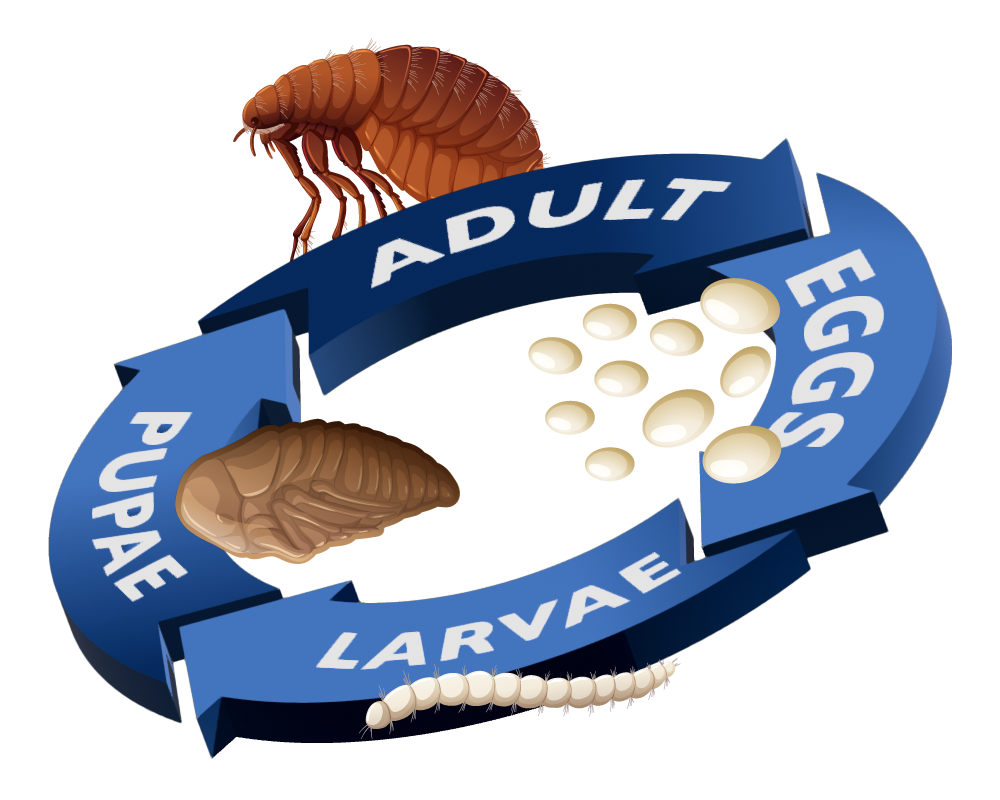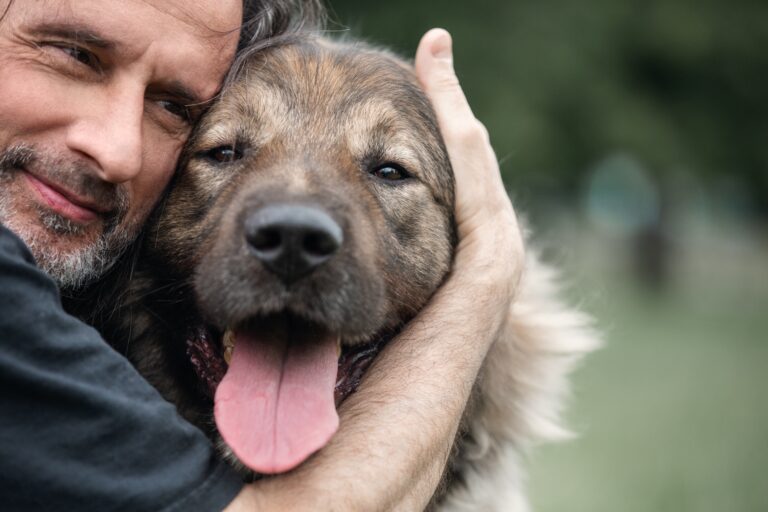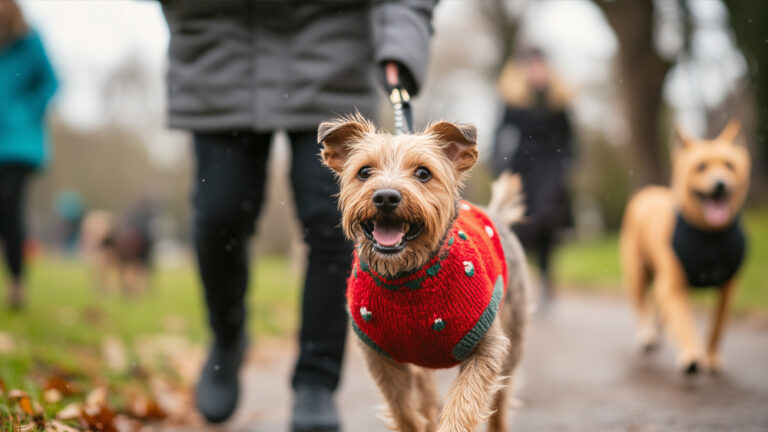Summer can be a challenging time for small pet owners. While cats and dogs may enjoy cooling off with a dip in the paddling pool or lounging in the shade, small pets like rabbits, guinea pigs and hamsters often need a little extra care to stay safe and comfortable in the heat. Understanding how to cater to their unique requirements is essential to ensure they thrive as temperatures rise.
This blog covers everything you’ll need to know to keep your small pets cool, healthy and free of pests during the summer months.
How to keep small pets cool during the summer heat
Unlike us, pets like guinea pigs, hamsters, and rabbits often struggle to regulate their body temperature. Their specific needs can vary depending on whether they live indoors or outdoors. Indoor pets benefit from consistent airflow and cool, well-ventilated spaces, while outdoor pets require shaded areas and protection from direct sunlight. To help your furry companions stay comfortable during hot summer days, here are some essential tips:
Outdoor pets
Rabbits and guinea pigs are often kept in hutches or outdoor runs, which can easily become a heat trap. Follow these steps to keep them cool:
- Provide shade: Place their hutch or run in a shaded area of your garden, ensuring it’s protected from direct sunlight throughout the day. Be mindful that the sun moves, so what’s shaded in the morning might be in full sunlight by afternoon.
- Cooling methods: The RSPCA recommends partially freezing filled plastic bottles of water for your pet to drink from or to wrap in a towel and leave in an exercise area for larger pets such as rabbits and guinea pigs. You can also add in a ceramic or slate tile for them to lay on.
- Hydration: Regularly replace their water supply with cool, fresh water. Feeding hydrating treats like cucumber is also a great way to boost hydration levels.
The Blue Cross states that temperatures above 25 degrees is too hot for rabbits and guinea pigs, and they should be brought inside when the mercury gets to these temperatures.

Indoor pets
For those housing their small furries indoors, here’s how you can create a cool environment for them to beat the heat:
- Ventilation: Open windows or place a fan near their enclosure to create a gentle airflow. However, avoid pointing the fan directly at your pet as the air could cause discomfort or dry out their eyes.
- Cool surfaces: Add marble or slate tiles to their cage, as they stay naturally cooler and offer a refreshing spot for your pet to lie down on.
- Light layers: Remove heavy bedding and replace it with breathable materials like hay.
- Hydration: Just like outdoor pets your furries require fresh water daily to help them stay cool, you can also offer them cold fruits and vegetables as a refreshing snack.
During the warmer months, you need to remember the signs of heatstroke in small animals – lethargy, heavy breathing, drooling, panting or confusion. If you suspect heatstroke in your pet, move them to a cool, shaded place and contact your vet immediately.
What is fly strike?
Fly strike, also known as myiasis, is a painful and potentially fatal condition that primarily affects rabbits and guinea pigs during the warmer months. It occurs when flies lay eggs on the pet’s damp or soiled fur. These eggs soon hatch into maggots, which burrow into the pet’s skin, causing severe pain and infection.
Outdoor pets like rabbits and guinea pigs, especially those with health issues or age-related difficulties that make grooming challenging, are at a greater risk of fly strike. Signs to watch for include visible maggots, a strong foul odour, damp or matted fur, and reduced energy or appetite. Fly strike progresses rapidly, making prevention essential.
How to prevent fly strike in small pets
Protecting your small pets from fly strike is easier than you might think with a combination of cleanliness and prevention tools.
- Frequent cleaning: Keep your pet’s enclosure clean, wash any soft bedding at high temperatures and removing soiled bedding daily to reduce fly attraction.
- Regular fur maintenance: Ensure your pet’s fur, particularly near their bottom, is clean and trimmed. Keeping on top of regular bushing/combing is important to notice any changes quickly.
- Daily checks: Examine your pet for signs of fly eggs or maggots, particularly around vulnerable areas such as open wounds, skin folds, ears and genital areas.
- Use preventative products: A product like the Flystrike Protector is highly effective in reducing the risk of fly strike. Suitable for rabbits and small pets over eight weeks of age, this spray helps repel flies and kills lice, fleas and other pests.
Act fast if you notice fly strike symptoms. Contact a vet immediately, as the condition requires urgent treatment.
Can rabbits and guinea pigs get fleas?
Yes, rabbits, guinea pigs and other small pets can get fleas, just like larger pets. Although fleas are active all year round, infestations are more likely to rear their ugly head in the summer months, so it’s important to regularly check all your pets for fleas.
These tiny pests can cause intense itching, hair loss, and even anaemia in extreme cases. Rabbits are especially vulnerable to myxomatosis, a disease transmitted by fleas, so prevention is particularly important. To help keep any bites clean, and reduce the chance of infection, our Antiseptic Wound Spray, offers a gentle yet powerful solution, in an easy-to-use antiseptic spray using hypochlorous for fast & effective wound care.
Fleas can be hard to spot on our smaller furry friends, but if you notice your pet scratching more than usual, black speckles on their fur (flea dirt) or spot fleas crawling around in their fur, it’s likely they have an infestation that needs dealing with.

How to treat fleas in rabbits, guinea pigs and other small pets
If you do spot fleas on your small pets, it’s important not to panic. Here’s a few ways you can treat fleas in rabbits, guinea pigs as well as other small pets safely and effectively:
Regular grooming: Use a fine-toothed comb to check for fleas on your pet’s fur, like our Flea & Grooming Comb. Simply part your pets fur and comb small sections at a time, cleaning the comb after each swipe. Regular grooming can help flea infestations from worsening.
Hygiene: Clean and disinfect your pet’s hutch or enclosure thoroughly, using a disinfectant that’s safe for them, like our Clean ‘n’ Safe Small Animal spray. If your pet has any soft bedding, routinely wash it at a high temperature to help kill any fleas and their eggs.
Protection: Whilst most traditional flea products are tailored to cats and dogs and contain ingredients that are toxic to rabbits and other small pets, our Fly Strike Protector Spray is multi-functional and offers protection against lice and fleas, as well as fly strike. Our Cage ‘n’ Hutch Insect Spray can offer further support, by helping to tackle infestations as it kills lice and mites in pets housing quarters (e.g. cages, baskets or hutches).
Treating other pets: If your rabbit or guinea pig has fleas, chances are your other pets could have them too. To prevent the infestation from spreading, it’s vital to treat all your pets promptly and thoroughly.
Treat your home: When a flea infestation starts it can be tricky to get on top of it, as well as treating pets it’s important that pet owners also treat their home. Vacuuming carpets and other soft furnishing and washing soft covers on high temperatures can help destroy the flea lifecycle. Fleas can be a pain to rid from your home but read our guide on treating your home here and evict those pests for good.
If you are worried about if your small animals has fleas or feel your efforts to eradicate them aren’t working, please get in touch with your vet for tailored advice and treatment.
Keep your pets healthy and happy this summer
Caring for small pets during the summer months requires preparation and vigilance, but the reward is their comfort and happiness. By ensuring a cool environment, maintaining strict hygiene, and taking measures to prevent pests like flies and fleas, you’ll keep your furry friends safe from harm.





